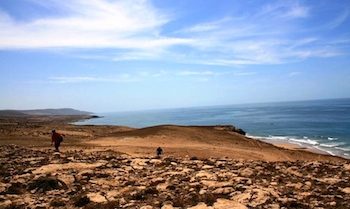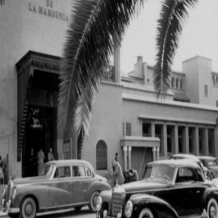
Morocco’s Weather and Climate also enable travelers to enjoy site seeing year round at architectural sites, monuments, gardens and mosques. Seasons and weather in Morocco take on a whole new meaning as the country is divided into two climatic zones by the High Atlas Mountains. To the north of the High Atlas, the western winds from the Atlantic contribute to the cooler temperatures of the north. South of the High Atlas, the Sahara Desert influences the weather in this region.
For those not comfortable traveling in very hot weather, it is advisable to avoid visiting Morocco during July through August because these are the hottest times of the year. Also, certain cities such as Marrakech may continue to be hot until the last weeks of September. When considering a Private Morocco Tour during July and August, it’s a wonderful time to head for the coast or Northern Morocco, while in the mountains there are no set rules.
When preparing to travel Morocco, keep in mind that the country is separated into five regions: the Rif Mountains, the Middle Atlas, High Atlas, Anti-Atlas, and the Sahara desert.
The poetically red Rif Mountains, which are surrounded by plateaus, valleys, and costal plains, parallel the Mediterranean coast. Northern cities by such as Ceuta, Tangier, Tetouan, Melilla, and Cala Iris enjoy Mediterranean conditions. The coastal cities by the Mediterranean are generally mild and pleasant all year long; even wintertime is enjoyable at temperatures staying at 50 degrees. Autumn and spring time in Morocco’s weather can be a slightly unpredictable with rain spells falling for days at a time. Spring and Summer weather in Morocco is usually picture perfect with temperatures averaging 77 degrees.
Ultimately, Morocco’s Weather & Climate is like few others. In one day, it is possible to have a snowstorm in the mountains, warm weather by the Mediterranean coast, and a day of unbearable heat in the Sahara followed by sub-zero night temperatures.
For more information about Morocco Weather





